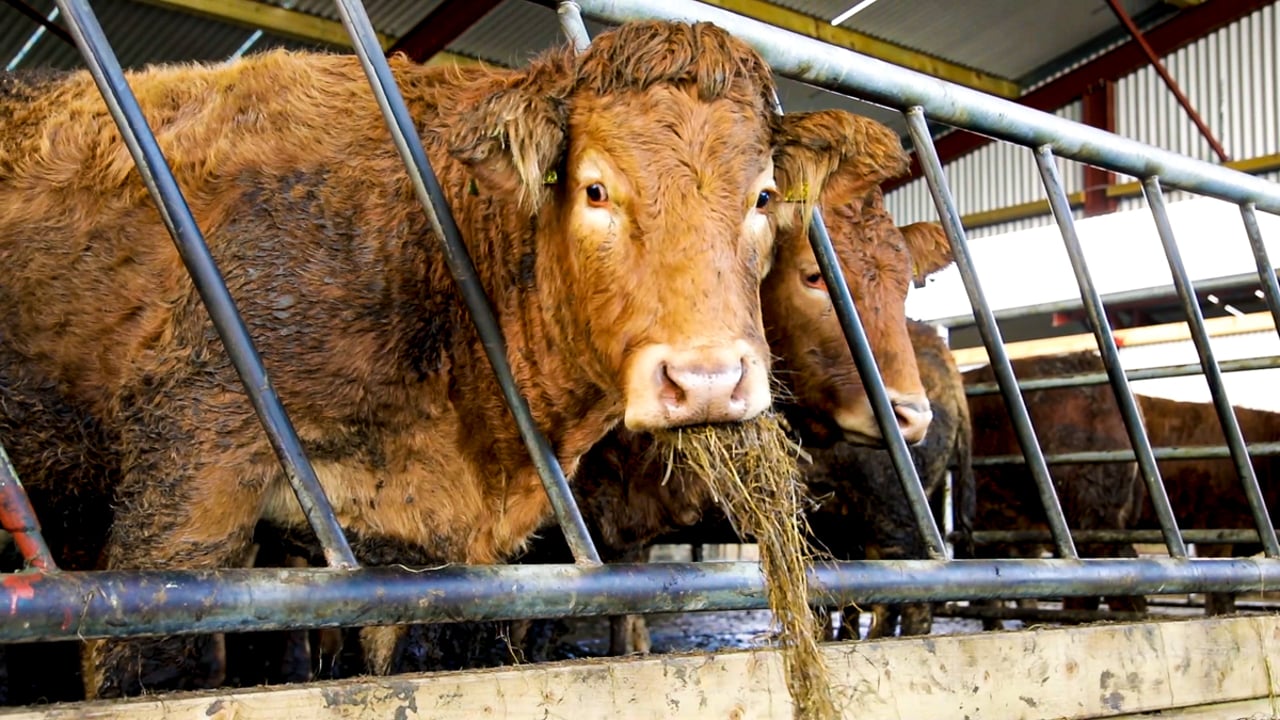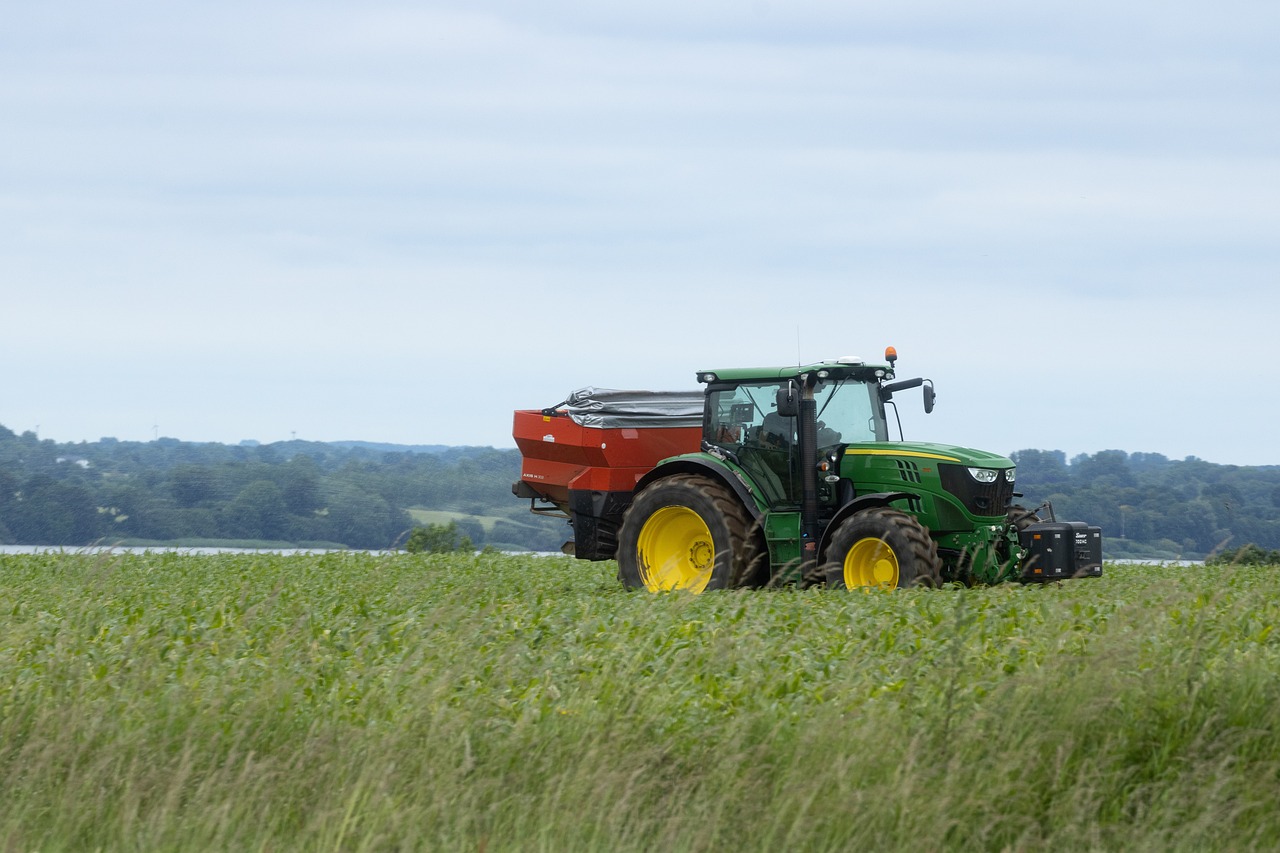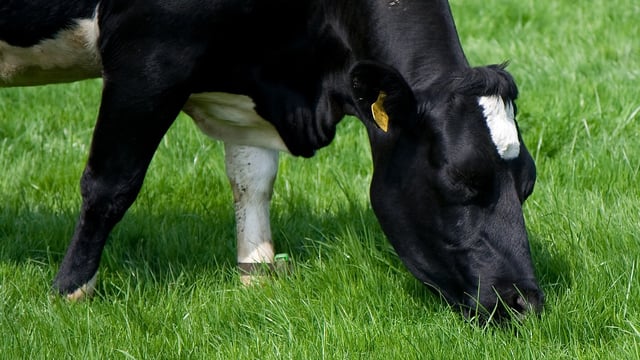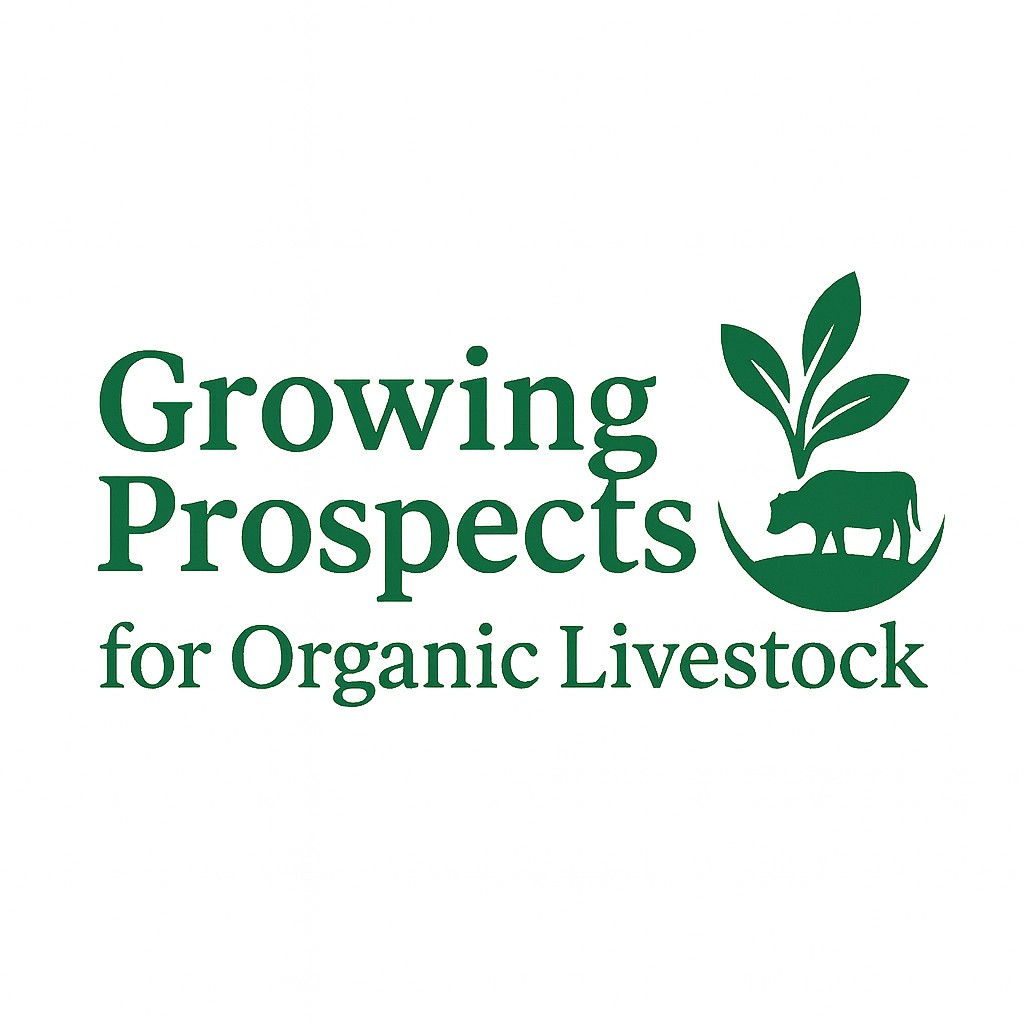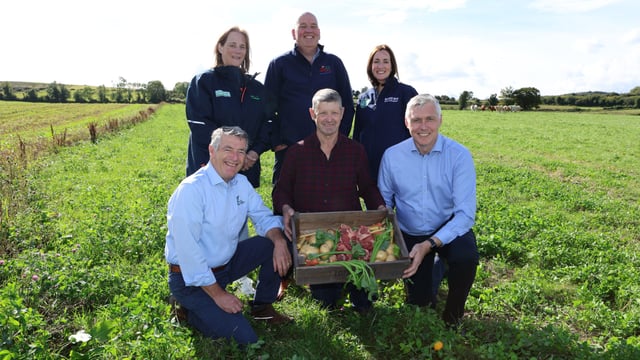Reducing finishing age for beef cattle crucial to lowering GHG emissions - scientist
Reducing the finishing age for beef cattle "is an essential element for Irish agriculture to meet its greenhouse gas (GHG) emission reduction targets," according to the Beef Enterprise leader in Teagasc.
Dr. Paul Crosson said the key to achieving this revolves around increasing the live weight gain of beef cattle, which in turn he said also improves farm profitability.
According to Teagasc between 2010 and 2022 the average finishing age of prime beef cattle reduced from 27.9 to 25.6 months, but this trend stalled in 2023 and 2024.
It blamed challenging weather conditions combined with a reduction in the number of young bulls being produced which then increased the average finishing age to 26.5 months in 2024.
But, reducing the finishing age for beef cattle is just one element that can contribute to lowering overall GHG emissions from agriculture.
The message from the Teagasc Climate Centre, which is headed up by Dr. Karl Richards, is that farmers in general need to actively reduce both nitrous oxide emissions and methane emissions.
Overall agriculture emissions decreased by 1.7% in 2024 according to a report published by the Environmental Protection Agency (EPA) yesterday (Friday, July 4).
In Ireland’s Provisional Greenhouse Gas Emissions report for 2024 the latest figures suggest there was a reduction in national emissions of 2% compared to 2023, with reductions in almost all sectors – except for heating of homes and buildings.
Agriculture emissions decreased by 1.7% or 0.3 MT CO2e in 2024 compared with 2023 which the EPA said was primarily due to a 2.9% reduction in cattle numbers.
According to scientists at Teagasc the three primary GHG emissions of concern for the agricultural sector are methane, nitrous oxide and carbon dioxide.
They have highlighted that methane emissions have decreased by 2.9% since 2023, while nitrous oxide and carbon dioxide have increased by 1.2% and 2.8%, respectively.
Statistics show that agriculture contributed 38% of Ireland’s GHG emissions in 2024. But compared to the 2018 baseline for the 2030 Climate Action Plan target, agriculture emissions have decreased by almost 1.0 MtCO2e (4.6%).
According to Dr. Richards farmers have reduced nitrogen fertiliser use, compared to 2018, but its usage increased in 2024, "contributing to the increase in nitrous oxide emissions".
"Protected urea use has increased rapidly from zero in 2018, to almost one third of straight nitrogen fertiliser sales in 2024.
"We need to continue to focus on technologies to both reduce our reliance on nitrogen fertiliser, while also switching to lower emission nitrogen products," he added.
Teagasc has advised farmers now to keep the focus on "maintaining reduced nitrogen (N) fertiliser use".
It believes this is best achieved "through nutrient management planning, following agronomic advice to ensure optimal soil fertility through lime application, recycling animal manures, application of chemical Phosphorus (P) and Potassium (K), clover and grassland management".
According to Teagasc it is "concerning" that less lime was spread in both 2023 and 2024 compared to previous years, and that the purchase of fertiliser P and K also declined in both 2023 and 2024.
The authority has highlighted that "optimising soil fertility will support lower fertiliser N usage, while also optimising conditions for grass and clover performance".
But it has also warned that Increasing the adoption of protected urea from the current 30% to over 80% is "a challenge for the entire sector.”
Latest research carried out at the Teagasc Climate Centre has also identified feed additives and slurry amendments that can "significantly" reduce methane emissions on Irish farms.
According to Dr Richards "they are both on the point of being commercially available for use by farmers".
But he has warned that "financial incentives, or subsidies" will be needed to incentivise farmers to use them.
"Business models are urgently needed to ensure timely adoption in the near future,” Dr. Richards said.

